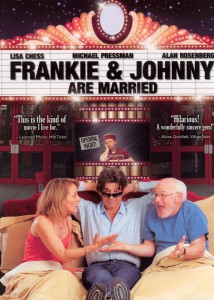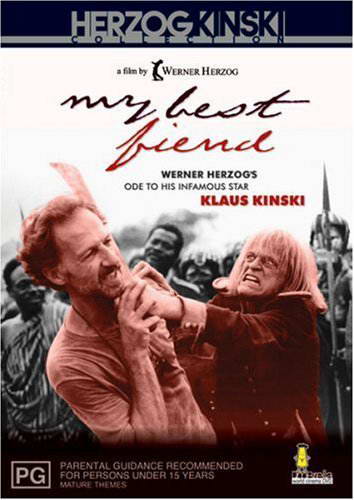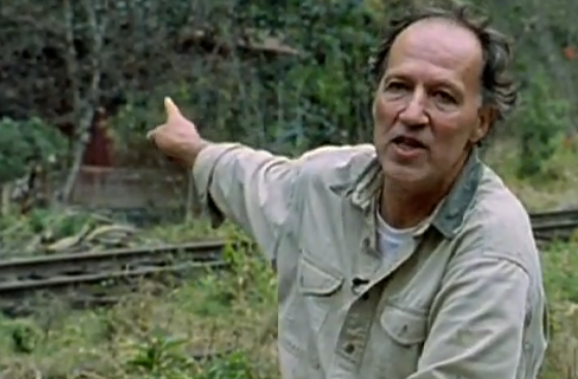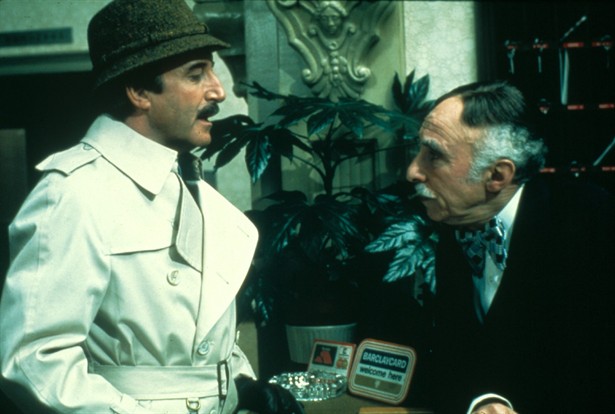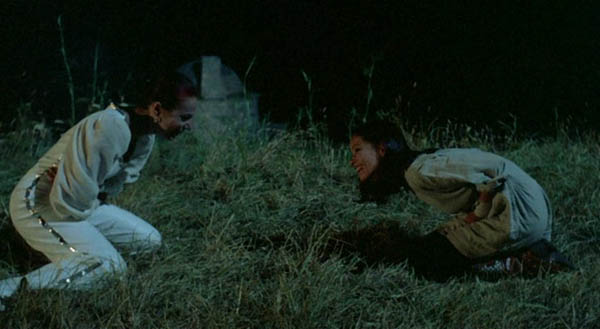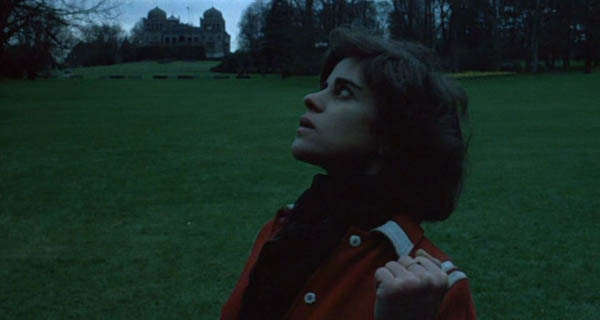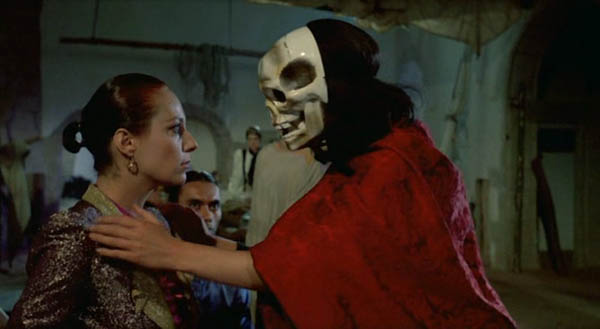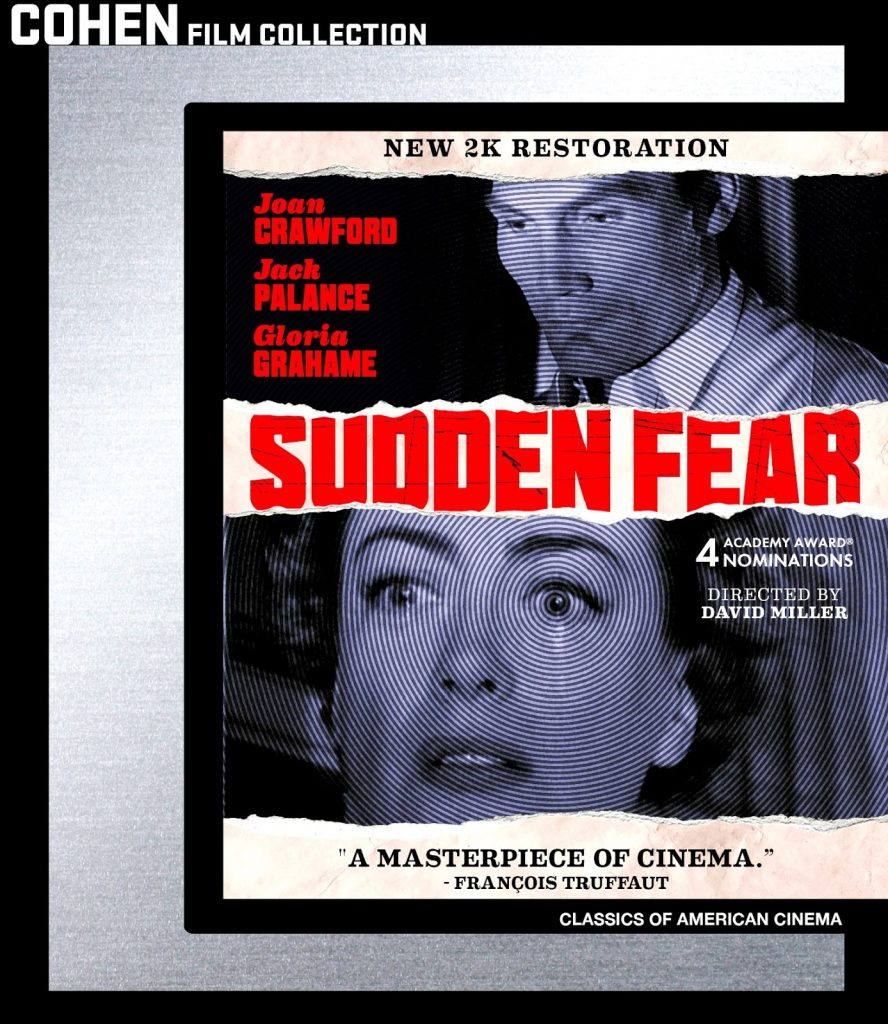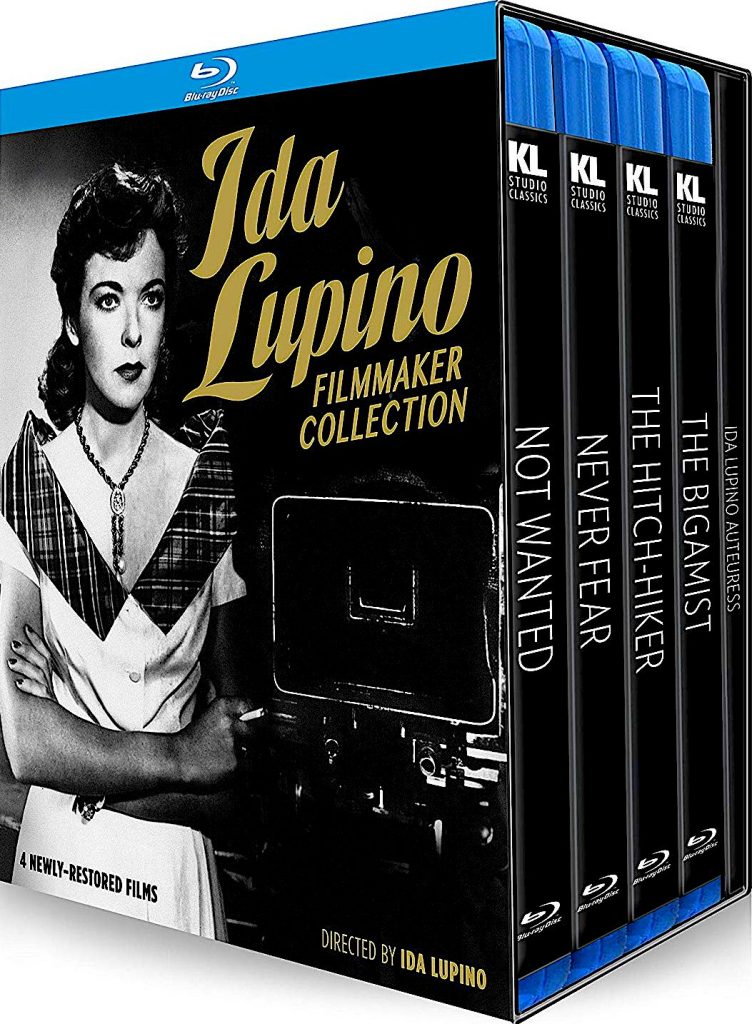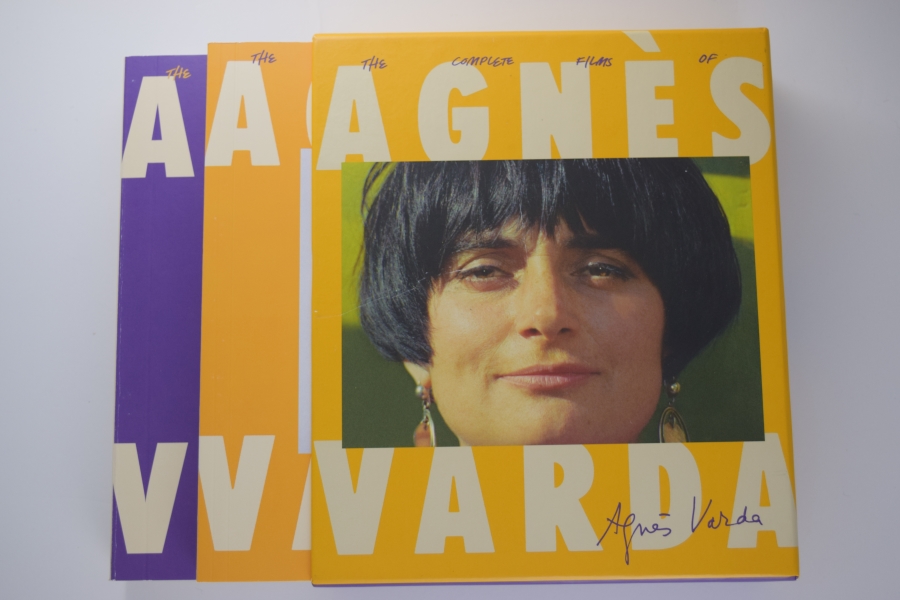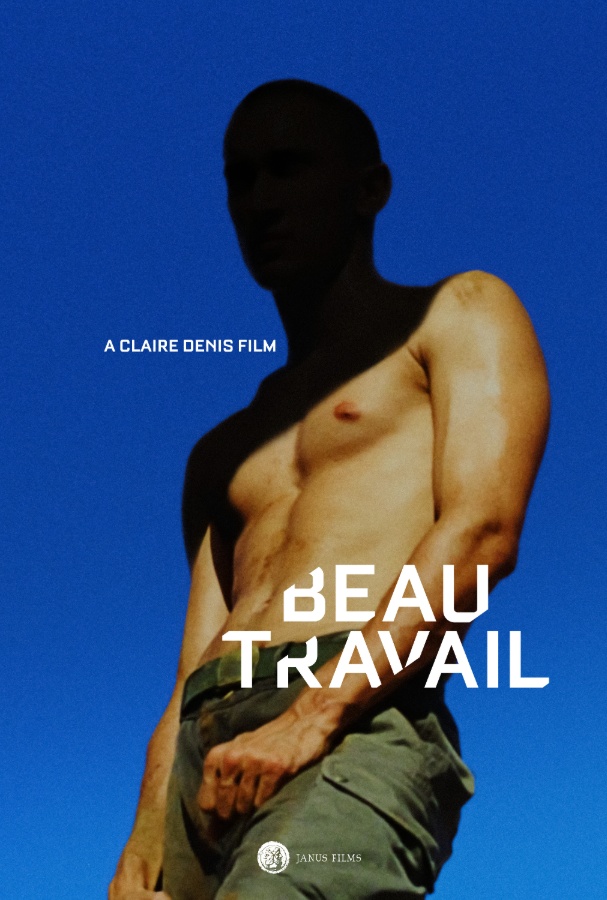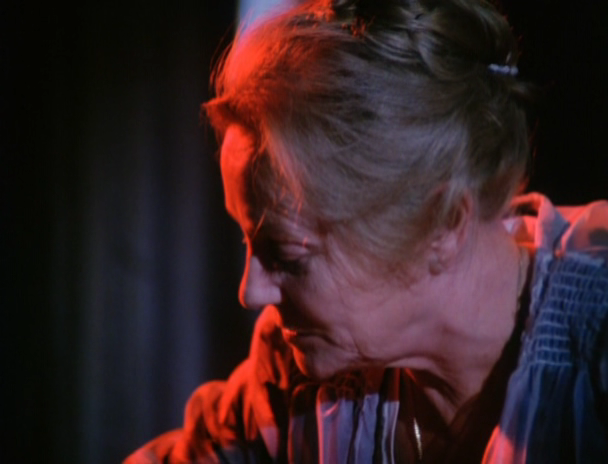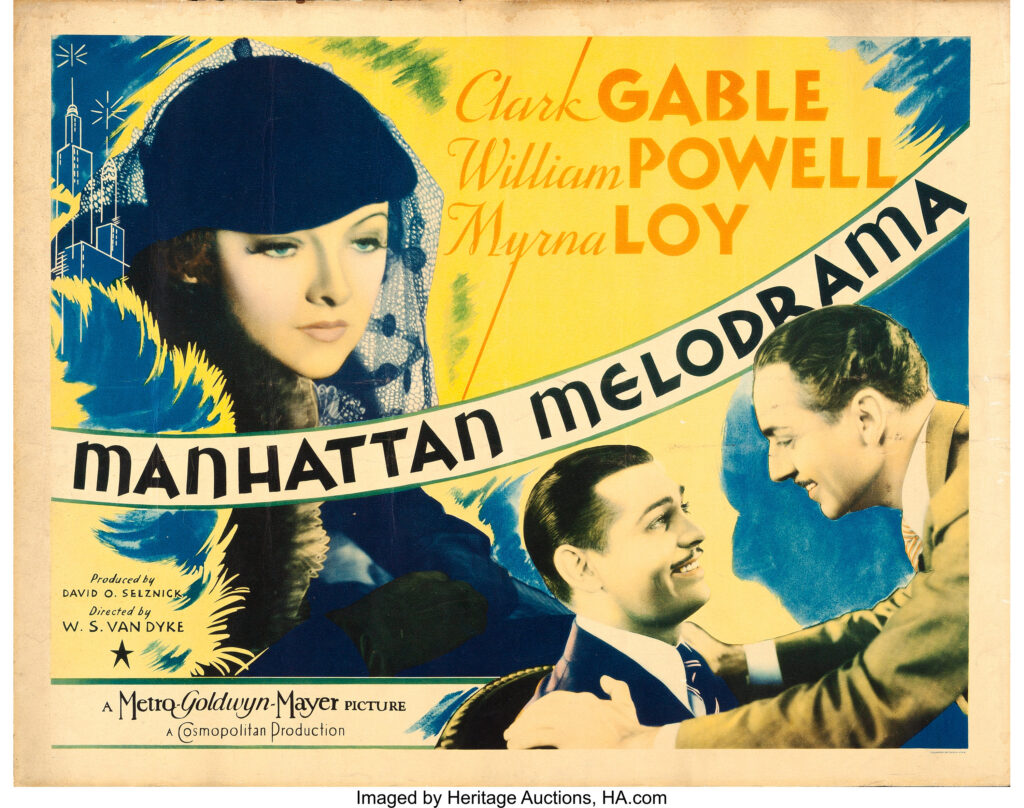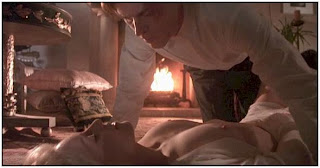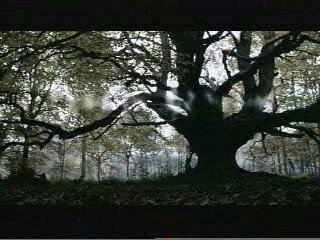From Monthly Film Bulletin, April 1975 (Vol. 42, No. 495). — J.R.

Tommy
Great Britain, 1975 Director: Ken Russell
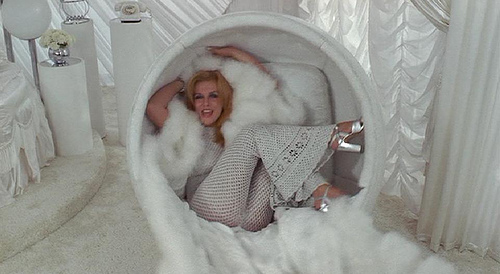
Cert-AA. dist-Hemdale. p.c—The Robert Stigwood Organisation.
exec. p-Beryl Vertue, Christopher Stamp. /;Robert Stigwood, Ken
Russefl. assoc. p-Harcy Benn. p. manager-John Comfort. asst. d-
Jonathan Benson. sc-Ken Russell. Based on the rock opera by Pete
Townshend and the Who. addit. Material–John Entwistle, Keith Moon.
ph–Dick Bush, Ronnie Taylor. In colour. sp. ph. effects–Robin Lehman.
ed—Stuart Baird. a.d–John Clark. set dec–Paul Dufficey, Ian Whittaker.
sp. Effects–Effects Associates, Nobby Clarke,_Carygra Effects. m/songs–
“Captain Walker Didn’t Come Home”. “It’s a Bov !” “’51 is Going to be a
a Good Year”, “What About the Boy ?”, “See Me, Feel Me”, “The
Amazing Journey”, “Christmas”, “The Acid Queen”, “Do You Think
It’s All Right?”, “Cousin Kevin”, “Fiddle About”, “Sparks”, “Pinball
Wizard”, ‘Today It Rained Champagne” ,”‘There’s a_Doctor” , “Go to the
Mirror”, “Tommy Can You Hear Me !’” “Smash the Mirror”, “I’m Free”,
“Miracle Cure”, “Sensation”, “Sally Simpson”, “Welcome”, “Deceived”,
“Tommy’s Holiday Camp”, “We’re Not Gonna Take It”, “Listening to
You” by Pete Townshend and The Who [Roger Daltrey,John Entwistle,
Keith Moon, “Eyesight to the Blind” by Sonny Boy Williamson. m.d–
Pete Townshend. musicians-Elton John, Eric Clapton, Keith Moon,
John Entwistle, Ronnie Wood, Kenny Jones, Nicky Hopkins, Chris
Stainton , Fuzzy Samuels, Caleb Quayle, Mick Ralphs, GRaham Deakin,
Phil Chen, Alan Ross, Richard Bailey, Dave Clinton, Tony_Newman,
Mike Kelly, Dee Murray, Nigel Ollson, Ray Cooper, Davey_Johnstone,
Geoff Daley, Bob Efford, Ronnie Ross, Howie Casey. Read more

